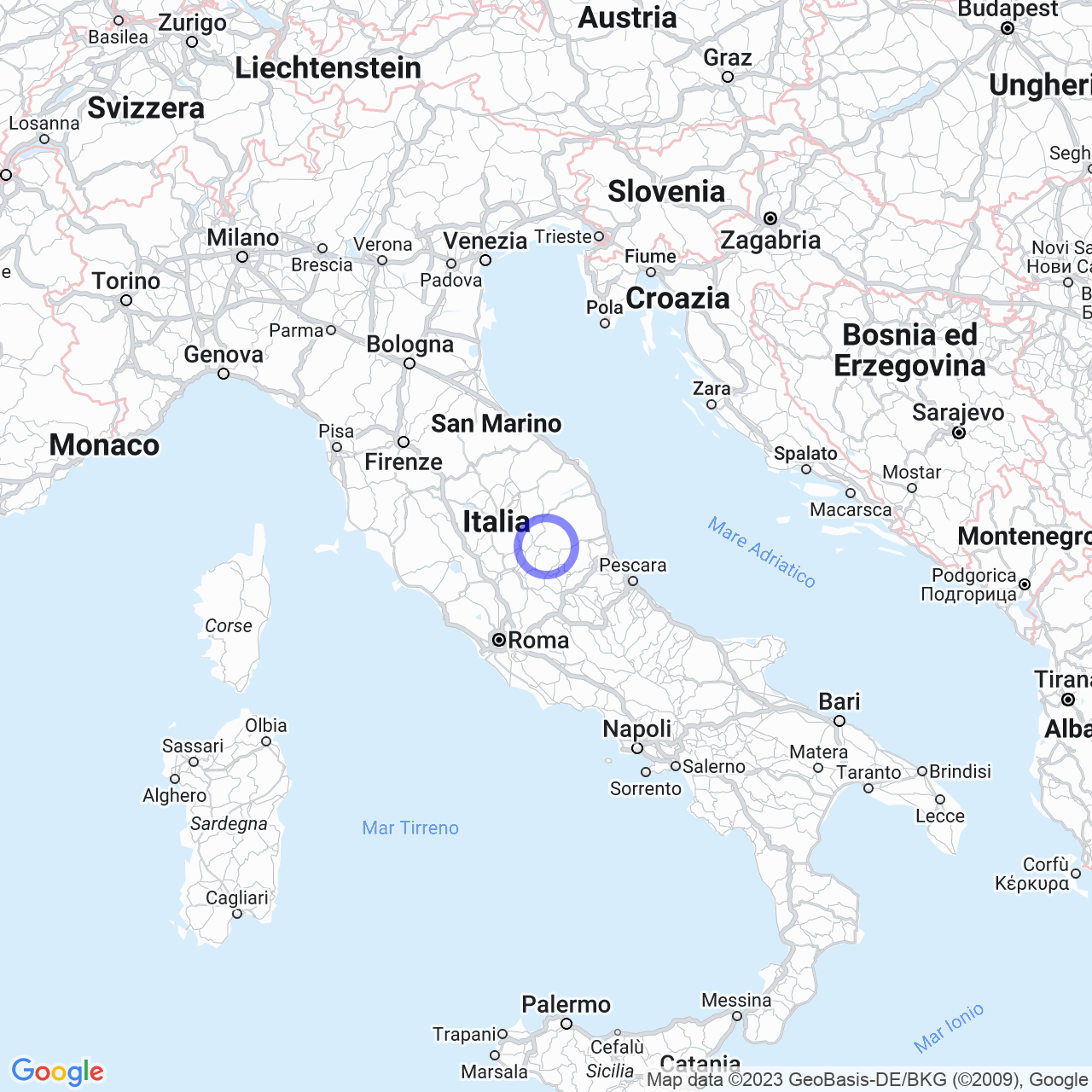Castelluccio
Welcome to Castelluccio, one of the highest inhabited centers in the Apennines
Castelluccio di Norcia is a hamlet of the municipality of Norcia, in the province of Perugia, in Umbria. It is one of the highest inhabited centers in the Apennines, located about 28 km from Norcia, at an altitude of 1452 meters. At the top of a hill that rises on the homonymous plateau, the "Piani di Castelluccio", among the largest in Central Italy, the village is located within the Monti Sibillini National Park, reachable through a scenic road. In front of it, towards the East, stands the silhouette of Mount Vettore.
The climate of Castelluccio
The climate of Castelluccio is characterized by cold and snowy winters, although there are only 132 days of frost on average per year. Based on the thirty-year reference average 1961-1990, the average temperature of the coldest month, January, stands at -2.9 °C, while that of the warmest month, July, is +16.0 °C. The average annual precipitation revolves around 1100 mm, on average distributed in 105 days, with a relative minimum in summer and a peak in autumn. On March 2, 2005, following the descent of a very cold air mass from Siberia onto Pian Grande, an air temperature of -32°C was recorded, which still represents one of the lowest temperatures in Italy.

The history of Castelluccio
The presence of man in the area has been documented since Roman times, with the discovery of some ceramic objects near the Fonte di Canatra, in the locality of Soglio. Furthermore, in the foundations of a house, several imperial coins dating back to the period of Emperor Claudius Gothicus (III century) were found in past centuries, and along the road leading to Forca di Presta, the tomb of a Roman soldier was also found.
The current nucleus dates back to the 13th century, although some research tends to date its foundation even earlier. Castelluccio was an ancient castle in the orbit of Norcia, built to defend the eastern border of the pastures.
The current situation of Castelluccio
On October 30, 2016, Castelluccio was almost completely destroyed by a major earthquake in Central Italy. The bell tower and the church of Santa Maria Assunta were completely lost, while some works of considerable historical and artistic value preserved in the church had been secured before the collapses.
According to ISTAT data, the village is gradually depopulating: in the 2001 census, the village had 150 residents, while in the 2011 one, the residents dropped to 120. Following the earthquake of October 30, 2016, the village is almost completely destroyed and uninhabited, and the soil near the village has lowered by about 70 cm.
Castelluccio, between the past and the future
Despite the difficulties of recent years, Castelluccio is a fascinating place rich in history. Its geographical position has made it a genuine natural treasure, with breathtaking panoramas and a unique microclimate in the world.
The future of Castelluccio is still uncertain, but the historical and cultural heritage that still remains continues to attract visitors from all over Italy and beyond. We hope that local authorities can soon intervene to guarantee the future of this unique and magical place.
